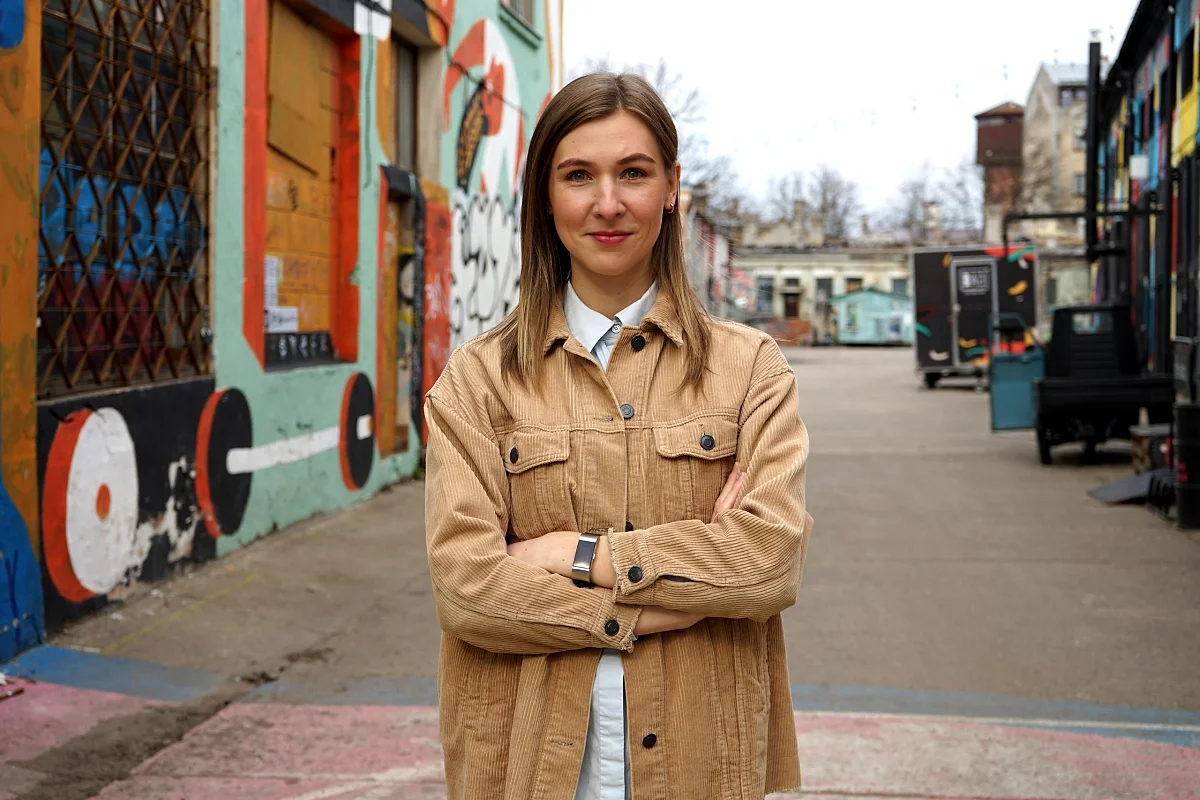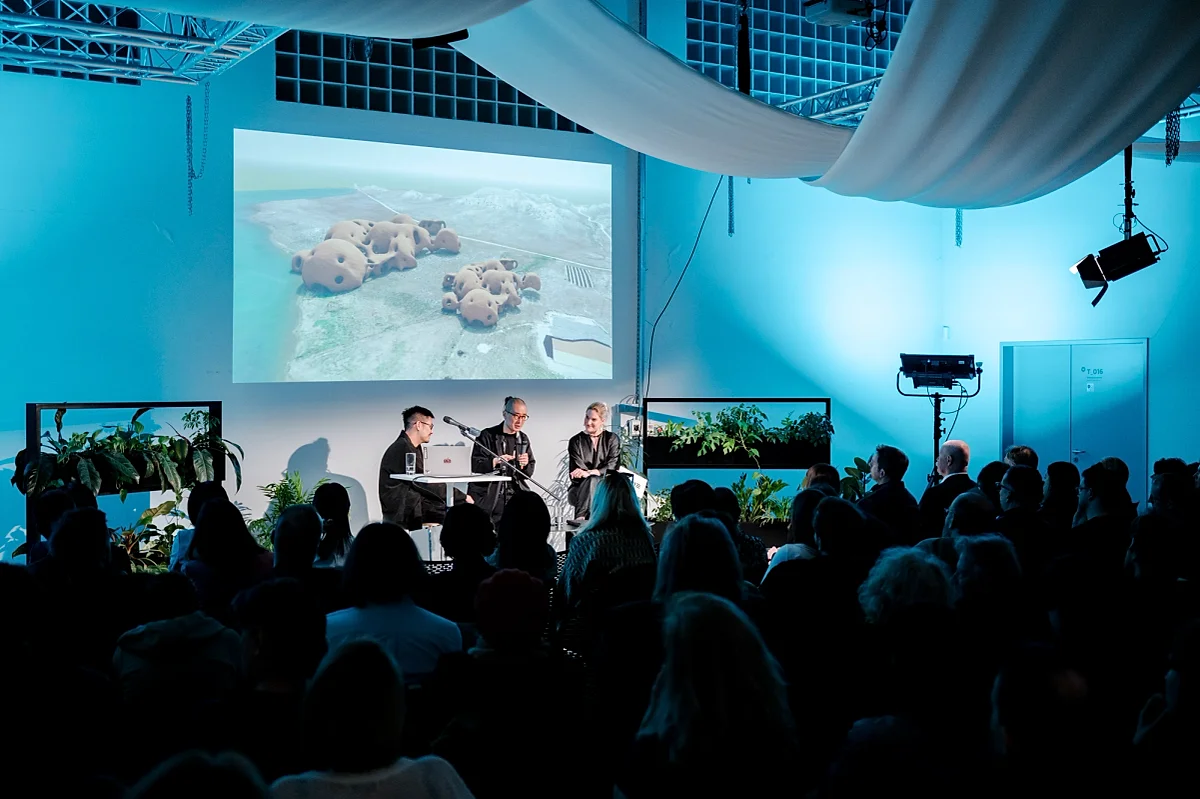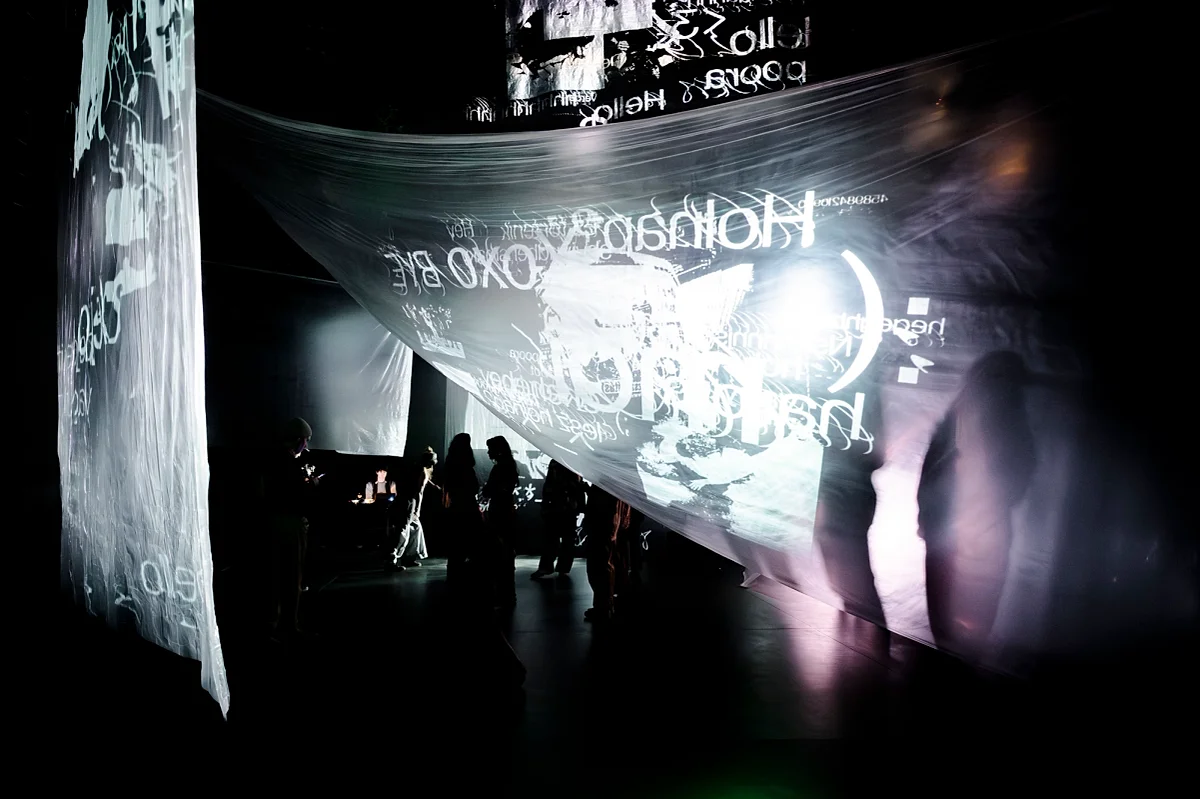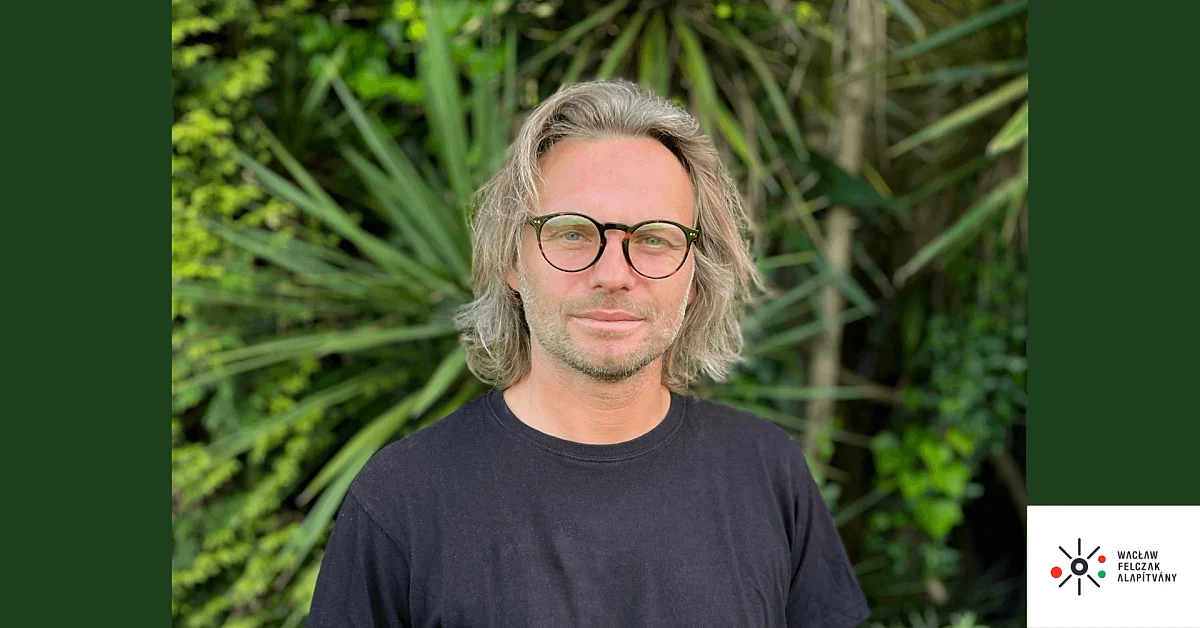
MOME’s new Head of Innovation joins from the Baltics
Since 2020 the Moholy-Nagy University of Art and Design Budapest (MOME) has operated as a private institution. The aim of the university is to become the best-known educational hub in the Central European region within the fields of creative industries by 2030. In reflection of this strategic goal, MOME’s research & development activity also moves to the next level.
An important stage in the process was the launch of an open international call to find a new head for the MOME Innovation Centre. Interest in the position surpassed all expectations: more than 160 applicants from 5 continents and 29 countries entered the competition. The selection criteria included management experience, having a professional network relevant and valuable for MOME’s international ambitions, in-depth knowledge of Central European cultural and economic context, as well as sensitivity to social, business and ecological challenges. The winner was selected by consensus with the MOME Senate also expressed its support.
“The enormous popularity of our call in itself is a milestone for MOME, proving that we have excellent foundations to build an international brand. Our winner is a smart and dynamic individual with a strong collaborative attitude, who brings to Hungary the systematic approach of the Baltics known for their performance in innovation. Under her leadership, the team will be able to make a significant impact”—said Gergely Böszörményi-Nagy, President of the Foundation for Moholy-Nagy University of Art and Design Budapest.
Excellence forms part of MOME’s history and these days are characterised by a sweeping pace of development, which substantially affects the cultures nurtured by us. The bar is set high by the co-movement of previously distant areas of research and creation, and common reflection on the future – all while maintaining the benchmark of quality. The knowledge that can be acquired at our institution, the creative work and research carried out here must be relevant both in Hungary and in the world. A key role in solving this great task will be played by the new leader of the Innovation Centre, who is welcomed by the MOME community warmly, with high hopes and a lot of work.” – pointed out József Fülöp, rector of MOME.
Following a successful track record of co-creating the innovation district in the Latvian capital, Riga, Lasma Ivaska joins the MOME Innovation Center. Her field of expertise is open innovation led by the involvement of various disciplines and stakeholder groups. She obtained her degrees in urban and regional economics as well as in literature and political science in Riga and Glasgow. She also founded a civil initiative in her home country to teach city householders how to repair popular technological devices manually instead of continuously replacing them, thus contributing to sustainability.
“Only a few art and design universities in our region have put fostering innovation and social impact among their priorities, thus I believe MOME is on the fast track to becoming an internationally renowned design and research partner for private and public stakeholders. I’m more than excited to join the Innovation Centre to accelerate partnerships, promote interdisciplinary cooperation and help promising ideas gain traction”, emphasised Lasma Ivaska.


